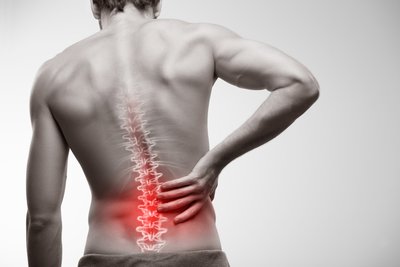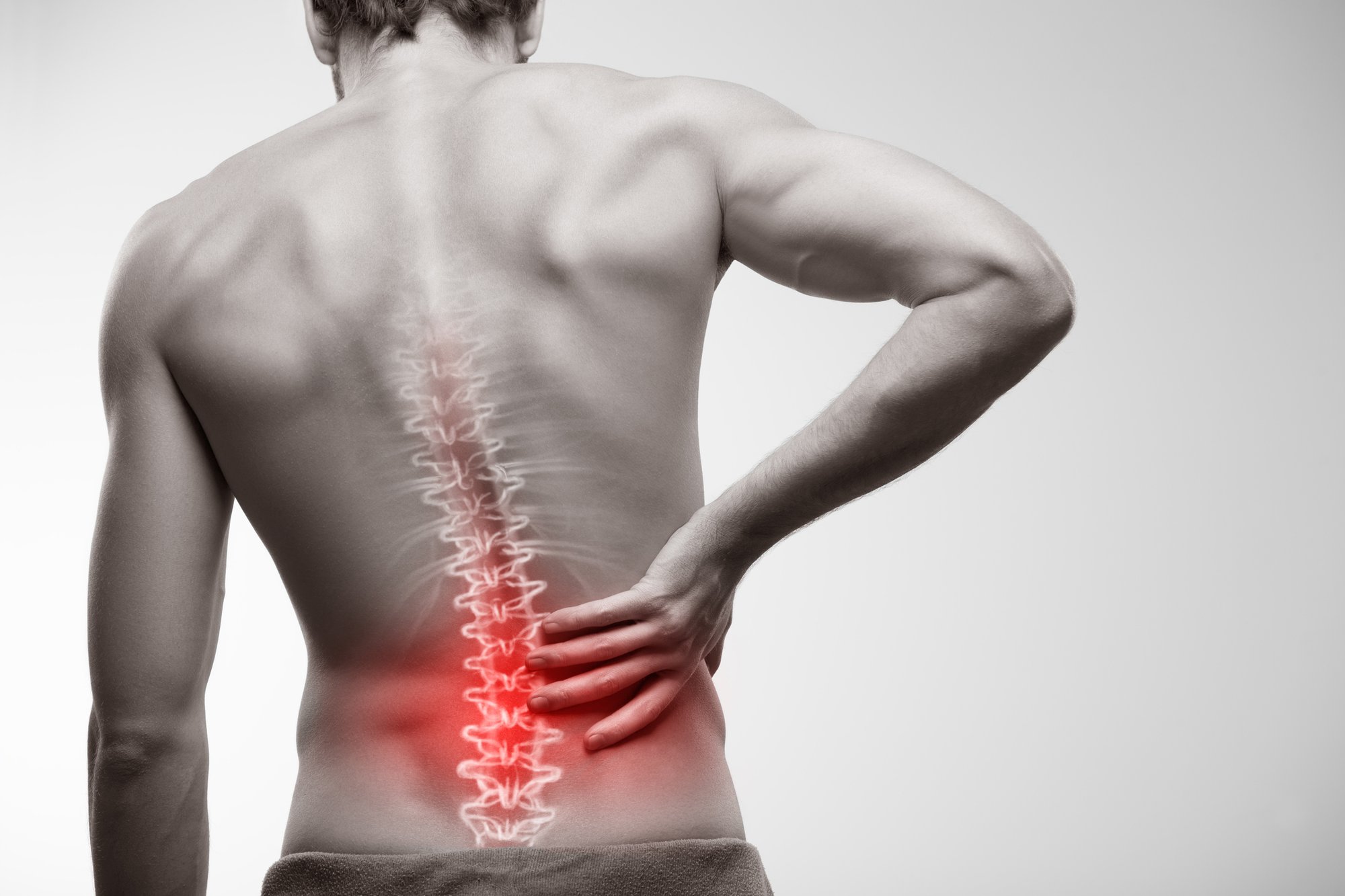
The back is a complex structure of bones, muscles, cartilage, tendons, ligaments which are fed by a host of blood vessels and nerves, all critical to a person’s daily function. An injury to the back can be devastating to a person’s life, leading to chronic pain and decreased function in ordinary everyday activities.
Anatomy of the Back
There are four regions of the spine.
- Cervical (neck area)
- There are 7 cervical vertebrae--C1 through C7.
- Thoracic (middle back)
- There are 12 thoracic vertebrae. T1 through T12. It is the longest region of the spine running from about the base of the neck to the abdomen area. It is only spinal area attached to the rib cage and provides stability and structural support.
- Lumbar (low back)
- There are 5 lumbar vertebrae—L1 through L5. The lumbar spine supports the weight of the upper body and endures more stress and strain than any of the part of the spine.
- Sacrum and the coccyx
- Sacrum is just below L5 and followed by the coccyx (tailbone)
In between the vertebrae is a disc which acts as a shock absorber between the vertebrae. The discs are made up of two components—a softer center which is surrounded by a tough elastic-like outer band.
Common Types of Back Injuries Due to Trauma
- Fractures: A person can suffer a fracture to the back without it involving paralysis.
- Herniated disc: The jelly-like center of the disc, which acts as a shock absorber between the vertebrae, can break through the outer layer and irritate or impinge a nerve root. If this occurs, it can cause radiculopathy.
- Radiculopathy: when a nerve root becomes inflamed or damaged resulting in pain or numbness/tingling into an extremity (arms/legs).
- If the neck (cervical) has a herniated disc and impinges/irritates a nerve root, a person can have numbness or tingling into the upper back, shoulders, arms and into the hands.
- If the low back (lumbar) has a herniated disc and impinges/irritates a nerve root, a person can have numbness or tingling down into the buttocks, thighs, and lower feet, depending on what nerve root is irritated.
- Radiculopathy: when a nerve root becomes inflamed or damaged resulting in pain or numbness/tingling into an extremity (arms/legs).
- Bulging disc: A bulging disc is one where the jelly-like center has not broken through the outer layer but is bulging and could be impinging/irritating a nerve.
- Back strain: This is an injury to either a muscle or tendon in the back.
- Back sprain: The stretching or tearing of a ligament in the back.
- Some doctors refer to a back strain and sprain as whiplash when caused by a collision.
Common Causes of Back Injuries
- Motor vehicle collisions
- Falls
- Physical violence
- Sport activities
- Work accidents
- Diseases
Common Types of Treatment for Back Injuries
- Chiropractic care using spinal manipulation, massage, electrical muscle stimulation and other therapies to improve function and provide pain relief.
- Pain Management: This can range from pain medications, facet injections, epidural steroid injections and radiofrequency ablation (burning of the nerves).
- Surgery: Some of the common surgeries are:
- Laminectomy: it creates a space by removing the lamina—the back part of a vertebra. Sometimes called a decompression surgery as it enlarges the spinal canal to relive pressure on the nerves impacted.
- Discectomy: it is the removal of a damaged portion of a herniated disk that is irritating or compressing nerves.
- Spinal Fusion: it is surgery to join two or more vertebrae into one single structure. The disc is removed and bone or bonelike material is put into the space where the disc was removed and metal plates, screws, or rods may be used to hold the vertebrae together. Overtime, the vertebrae are fused together.
Car or truck collisions are the most common causes of traumatic injuries to the back. If you injured your back in a car or truck wreck, you should contact an experienced personal injury attorney. Robert Kisselburgh has successfully represented hundreds of clients who suffered back injuries due to car or truck collisions.
Call us at 817-500-0990 if you want to discuss your case or contact us online.
